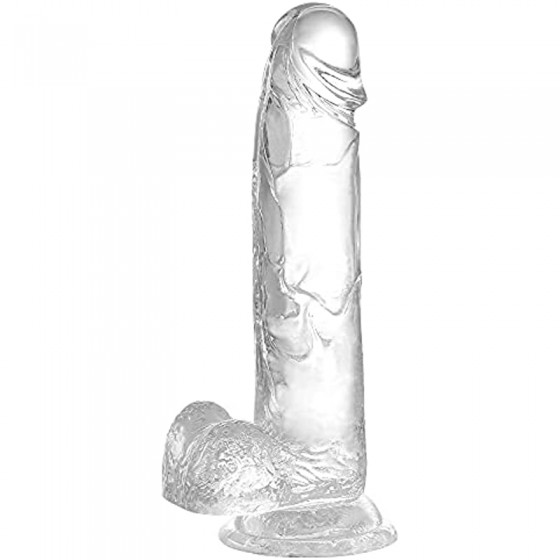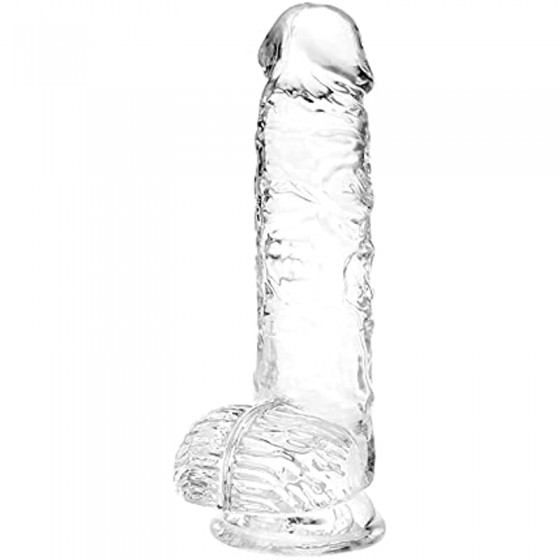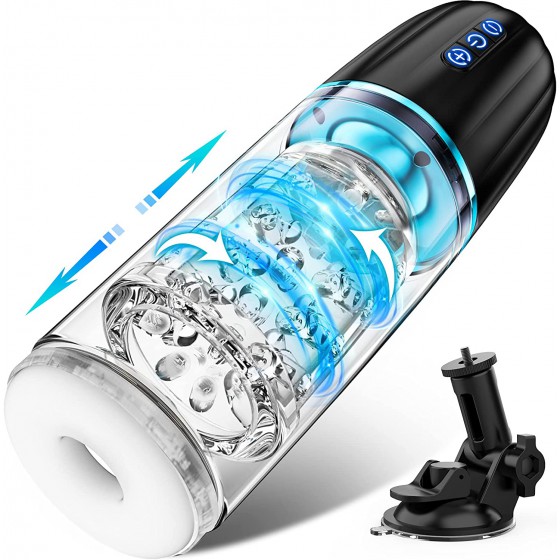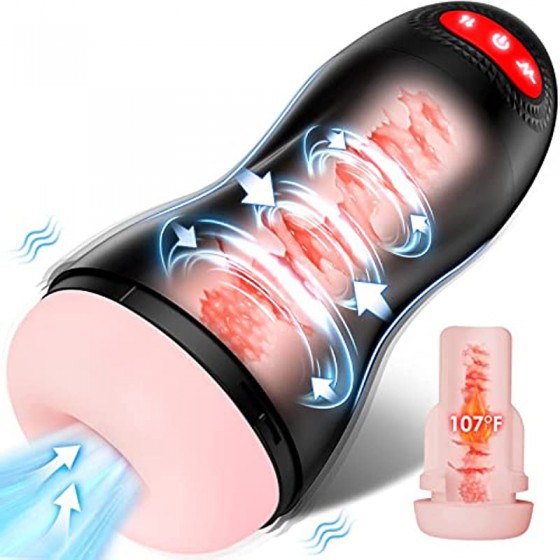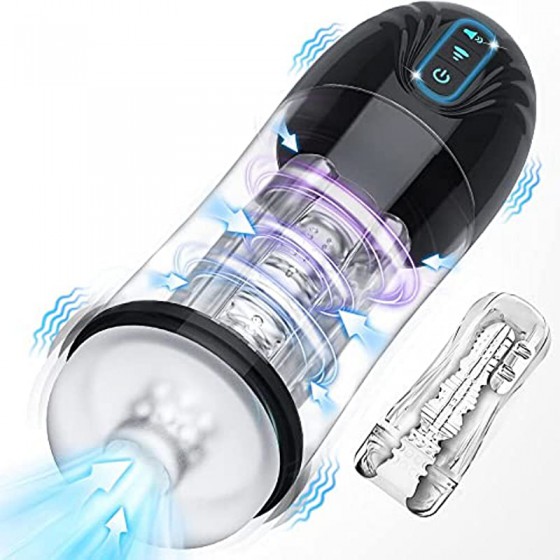Understanding semen test forms
According to the normal semen standards stipulated by the World Health Organization, judging whether the semen is normal can be analyzed from the following aspects:
(1) Semen volume: normal ≥2ml. When it is greater than 7ml, it is too much. Not only the density of sperm is reduced, but also it is easy to flow out of the vagina, resulting in a reduction in the total number of sperm. It is common in seminal vesiculitis; when it is less than 2ml, it is too little semen, but usually less than 1ml is too little. At this time, the contact area between the semen and the female reproductive tract is small, or the viscosity is not conducive for the sperm to enter the woman's cervix, resulting in infertility. It is common in severe paragonaditis, low testosterone levels, ejaculatory duct obstruction, retrograde ejaculation, etc.
(2) Color: Normally off-white or slightly yellow. Milky white or yellow-green color indicates inflammation of the reproductive tract or accessory sex glands; pink, red, and red blood cells seen under the microscope indicate bloody semen, which is common in inflammation of the accessory sex glands and posterior urethra, and occasionally seen in tuberculosis or tumors.
(3) pH: The normal pH value of semen is 7 2 ~ 7 8. Less than 7 2 is seen in ejaculatory duct obstruction or urine contamination; greater than 7 8 is seen in seminal vesicle inflammation or old specimens.
(4) Liquefaction time: After normal semen is ejaculated, it becomes jelly-like under the action of seminal vesicle coagulase, and turns into liquid under the action of prostate liquefaction enzyme in 15 to 30 minutes. This is semen liquefaction. It is abnormal for the semen not to liquefy 30 minutes after ejaculation.
(5) Viscosity: Put the glass rod in contact with the liquefied semen and lift it gently to form semen strands, which are normally less than 2 cm in length.
(6) Sperm count: Generally expressed as the number of sperm per milliliter of semen. Normal count ≥20×106/ml. Lower than this value means too few sperms, which is seen in spermatogenic dysfunction caused by various reasons. It can lead to low fertility or infertility due to the reduced chance of sperm entering the uterine cavity and fallopian tube. If the sperm count is greater than 250×106/ml, it means there are too many sperms, which can also lead to infertility due to its affected motility.
(7) Sperm morphology: ≥50% of sperm with normal morphology, otherwise it may cause infertility.
(8) Mobility: ≥50% of the sperm move forward rapidly in a straight line.
(9) Survival rate: usually refers to the examination within 1 hour after ejaculation, and the viable sperm is ≥50%. Common causes of reduced sperm motility and survival include paragonaditis, varicocele, ciliary sluggish syndrome caused by chronic respiratory infection, the presence of antisperm antibodies in semen, or improper specimen storage.
(10) White blood cells: White blood cells in normal semen are


